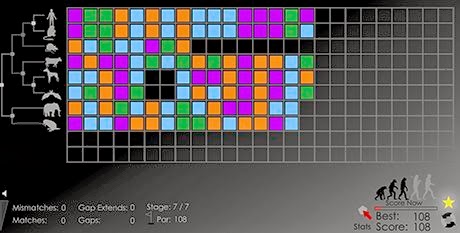Without having to count, you can
make a good guess at how many purchases the shopper in front of you is making.
She may think she’s pulling a fast one, but thanks to the brain’s refined sense
for quantity, she’s not fooling anyone. This ability to perceive numerosity –
or number of items – does more than help prevent express lane fraud; it also
builds the foundation for our arithmetic skills, the economic system and our
concept of value. Until recently, it’s remained a puzzle how the brain allows us
to so quickly and accurately judge quantity. Neuroscientists believe that
neural representations of most high-level cognitive concepts – for example,
those involved in memory, language or decision-making – are distributed, in a
relatively disorganized manner, throughout the brain. In contrast, highly
organized, specialized brain regions have been identified that represent most
lower-level sensory information, such as sights, sounds, or physical touch.
Such areas resemble maps, in that sensory information is arranged in a logical,
systematic spatial layout. Notably, this type of neural topography has only
previously been observed for the basic senses, but never for a high-level
cognitive function.

Researchers from the Netherlands
may have discovered an exception to this rule, a small brain area which
represents numerosity along a continuous map. Just as we organize numbers along
a mental number line, with one at the left, increasing in magnitude to the
right, so is quantity mapped onto space in the brain. One side of this brain
region responds to small numbers, the adjacent region to larger numbers, and so
on, with numeric representations increasing to the far end. To examine how the
brain responds when perceiving quantities, the researchers conducted functional
magnetic resonance imaging of the brain while participants viewed different
numbers of dots on a screen. They included multiple versions of the task,
keeping key features — like dot size, circumference and density — constant, to
be certain that any effects were indeed attributable to dot quantity, rather
than dot shape or size. The participants weren’t asked to judge the number of
dots, to ensure that brain activity related to perceiving quantity, rather than
counting. The researchers then looked for brain activity that systematically
varied with the number of dots the participants viewed.
More information:







